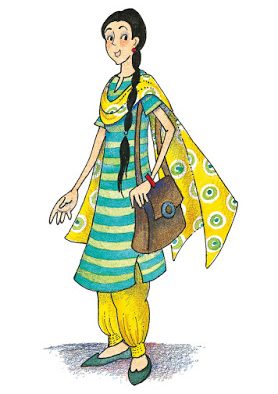The Day A Tamil That’s Not Tamizh Took Centre Stage

It was a meeting arranged by the Vaishnava Sabha, Bangalore to felicitate high performing students
belonging to the Srivaishnava community of Karnataka . As we were members of the community, it had
been decided to felicitate me too for having secured the first rank in the M. Pharm course of Goa
University. That I had been born, brought up and educated in a place other than Karnataka made no
difference.
community were present as were close and extended family. I couldn’t recognize many people because
our interactions were restricted to the few days when we came to Bangalore or our native village –
Ramanathapura – for the summer vacations. But there were many people who knew me as “Goa
Ramanna’s daughter” or “Mani’s daughter” or “Hulikal Engineer’s granddaughter”. My father – Rama
Iyengar, a geologist – was identified by the state to which he had migrated years ago after gaining
employment in the Salgaocar mines. Mani was the name by which my mother – officially Seethalakshmi
– was known; her father, who hailed from the village of Hulikal was the engineer who had got his degree
in engineering during the ancient age of the 1920s and a revered (even if slightly feared and known-to-
be-eccentric) figure.
think they started with the 10th Std students, then the 12th Std students and finally, the college-level
students. I can’t really remember many things because I had no idea then that I’d be blogging about it
someday, 18 years later. As the prizes were given away, the students receiving it were asked to say a
few words and share the secret of their success.
chaste Kannada. I, who was the oldest of the group at 24 years, didn’t know the language well enough to
converse without faltering, forget about giving an extempore thank-you speech. At home, we spoke a
dialect that’s typical to Hassan Iyengars – it’s a mixture of words derived from Tamizh and Kannada, yet
so remarkably modified that people speaking those languages would never understand a word of what
is being said, even sounding sometimes like garbled Tulu. This language does not have a script, the
people who speak it do all their formal, written communication in Kannada. The little Kannada I knew
had been picked up from conversation with my Bangalore-based niece and nephew whenever they
came to Goa for their vacations.
Kannada and apologizing for not knowing it well.
holding forth on how I owed my success to the values sown by my parents, God’s blessings and the
outcome of chanting God’s name constantly.
stunned, then they laughed, and by the end of the speech they were beaming with joy.
For, in speaking on a public platform in that language, I had given it a legitimacy that they themselves
didn’t.
The Tamilians, of course, call us “Bread Iyengars” because this community is famous for the bakeries
they establish and run even in the state of Tamil Nadu. But what people don’t realize is that there are
nuances – dialects within the dialect, so to say – that cause differences in language between Hassan
Iyengars, Mandyam Iyengars, Keelnaat Iyengars, Hebbar Iyengars, Melkote Iyengars, Kalkunte Iyengars
etc.
caused by the different dialects, the community has got around to using Kannada for all interactions.
Indeed, many people, even in their homes, have switched over to Kannada and the younger generations
are not as familiar with the native dialect.
 |
| Illustration by Bindia Thapar |








